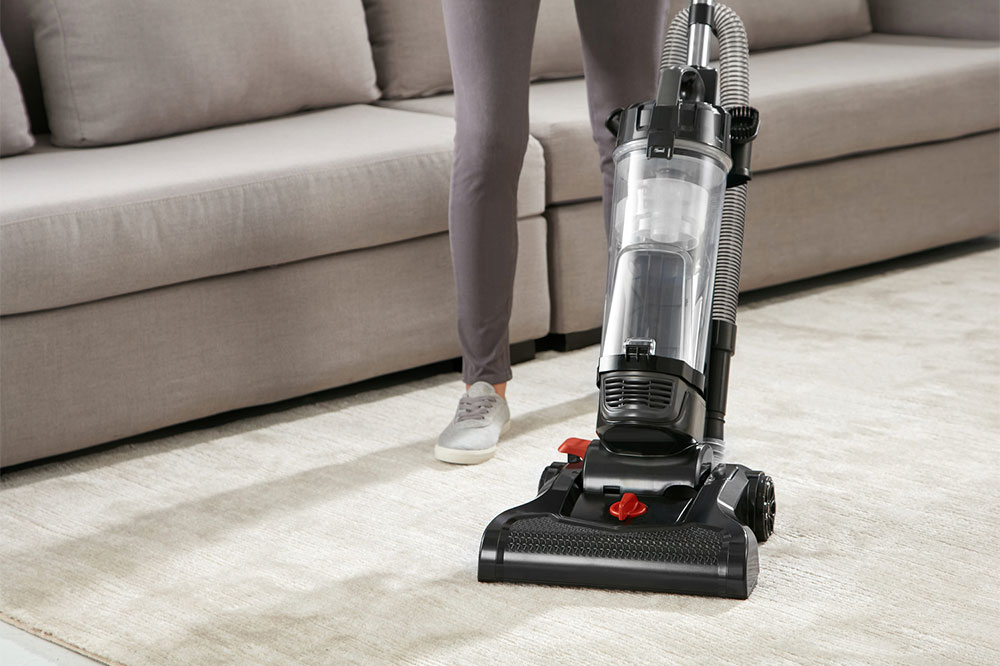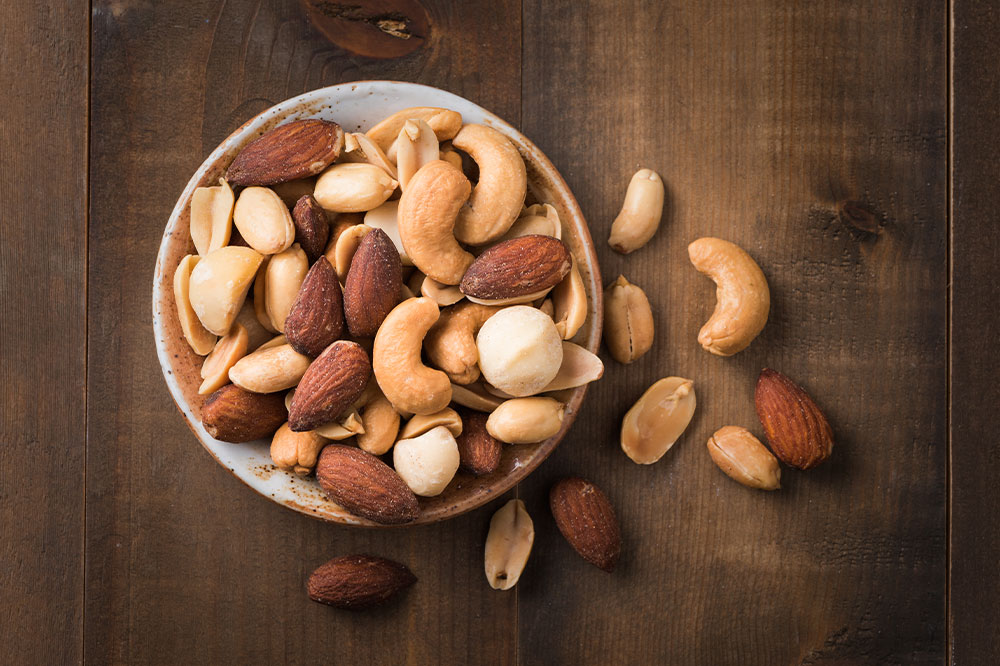6 common mistakes people make when vacuuming

While most homes in the country have vacuum cleaners, only a few homeowners know how to use the device correctly. Although this versatile home appliance is convenient, it is an investment. However, by simply learning how to handle the machine, you can use it lifelong. Thankfully, most of the mistakes are avoidable. Let’s take a look at the six most common vacuuming mistakes that we tend to make and how to avoid them.
Six common vacuuming mistakes to avoid
Vacuuming in one direction
This is the most common mistake homeowners tend to make. People often use the cleaner in a single direction. However, the appliance is designed to operate in both directions. When you use the cleaner in one direction, it sucks up the dust and grime from one direction and leaves behind the contaminants from the other side. However, when you use the appliance in both directions, a higher concentration and percentage of stubborn allergens, dirt, hair strands, and dust get removed. Optimal use of the device is possible only with bi-directional usage.
Using the machine too fast
Most people believe that since the vacuum cleaner is a machine, it can do the work fast. While it is faster than manually dusting and brooming the floor, it still takes time to clean the place. Understandably, you might want to rush through the day’s work due to pending chores, but nothing gives instant results. The machine will work how it has been engineered—to work at its own pace. Expecting the vacuum to work its magic in minutes is futile. Moreover, when you use it too quickly, most of the dirt and dust will be left behind. The machine needs time and patience; vacuuming around slowly will help suck up all the contaminants and allergens.
Leaving the bags filled with dust and dirt
If you continuously use the machine, the bag that collects dust will fill with contaminants. Experts say the bag should be cleaned as soon as it is half-full. However, most people fail to realize this. As a result, they continue using the cleaner even when the bags are filled to the brim. This eventually lessens the effectiveness of the machine. Plus, the vacuum may wear out much before its intended lifespan, as its motor needs to work overtime to clean the same space. Thus, not emptying the bag at the appropriate time can negatively impact the productivity of the appliance. The ideal solution is to keep a check on the bag and empty it as soon as it is half-full.
Dusting the area after vacuuming
This is another big mistake that prevents you from keeping your place completely dust-free. If you have to dust the sofa, tables, chairs, and décor items, you should typically do it before taking out your vacuuming machine. When you dust things around, the dirt particles tend to suspend in the air. After some time, they will settle down on the floor. The machine will suck in all the dirt around when you vacuum the place after dusting. However, if you vacuum first and then dust, all your hard work goes to waste within minutes. No doubt, after a while, you will come to the conclusion that your vacuum isn’t performing as it should be, even though that’s not the truth.
Using the wrong attachments
The vacuum cleaner comes with a couple of attachments. Each of these is meant for some specific functions. For example, the carpet cleaner tool should be used to clean the carpet. It will not offer the same results when you use it to clean crevices. Similarly, the crevice tool should be used to clean the corners, edges, and other hard-to-reach areas. The dust brush should be used to dislodge dust from curtains and window screens, the upholstery tool is meant to clean the sofas and other upholstered items, and the bare floor brush is intended for floor cleaning. You need to understand the other attachments that come with the machine clearly. Using the correct attachment can give excellent results. But most homeowners assume that one single attachment can do all the work. You could be overloaded with daily chores or running short on time, but that doesn’t mean that the appliance’s activities can be compromised.
Vacuuming glass
This is a costly mistake and should be avoided at all costs. A vacuum is meant to keep your place free of dust, dirt, and tiny allergens. But that does not mean that the machine can clean just about everything. For example, cleaning broken glasses. It is not that the machine cannot suck the glass bits. But it can do a lot of damage to the internal parts of the appliance. The glass can enter the hose and can get lodged in one of the corners. It can scratch up the canister’s interiors. Vacuuming glass broken pieces can be a big mistake and impact the machine’s performance and lifespan of the appliance.
Treat the vacuuming machine as a companion, an asset that helps keep your personal space clean and healthy. Avoid the mistakes mentioned above and enjoy the appliance for a longer time.







